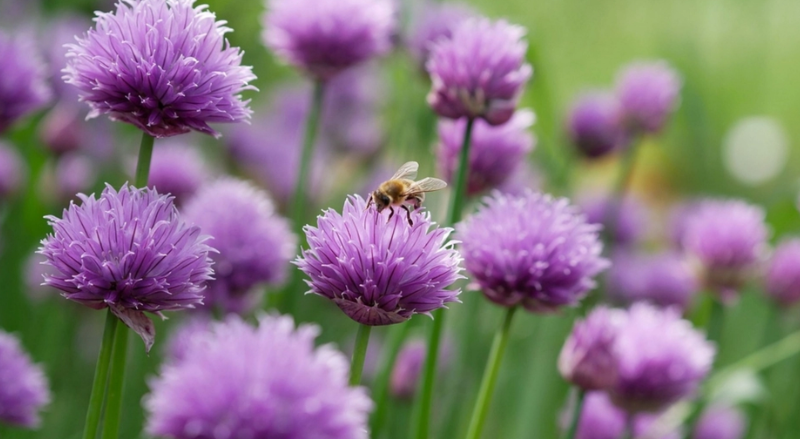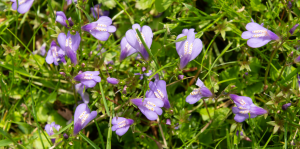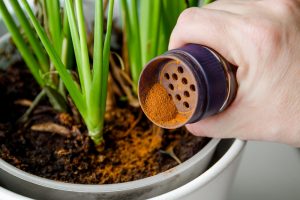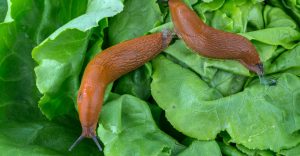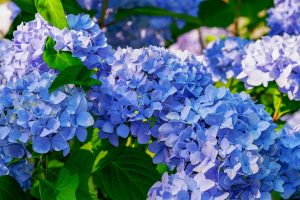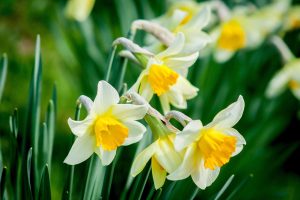Curious about whether flowering chives are safe to eat? Read on to discover their culinary potential and tips for using them in your kitchen.
Others are reading now
Flowering chives are beautiful, but what does that mean for their use in the kitchen? Many people wonder whether flowering chives are still edible or even poisonous.
According to an article on myHOMEBOOK, there’s no need to worry: flowering chives are not poisonous and can still be used.
Chives typically bloom between May and August if not regularly harvested. Their beautiful purple to red flowers are not only edible but also a real eye-catcher in the kitchen.
However, the stems of blooming chives lose their characteristic aroma and tend to become hard and bitter. This change occurs because the plant redirects its energy into producing flowers.
Also read
The edible flowers have a slightly sweet flavor, reminiscent of young, fresh chives. They can be used as a decorative and flavorful ingredient in various dishes. Some popular uses include:
-
Chive Butter: Add chopped flowers for a colorful and tasty variation.
-
Salads and Garnishes: Sprinkle the flowers to enhance visual appeal and add a mild, sweet onion flavor.
-
Infused Oils: Create aromatic chive blossom oil by steeping the flowers and stems in sunflower oil for two weeks. This infusion makes an excellent and unique gift.
If you prefer to keep harvesting the chives, trim them about two centimeters above the soil. This allows the plant to regrow and continue producing fresh stems.

